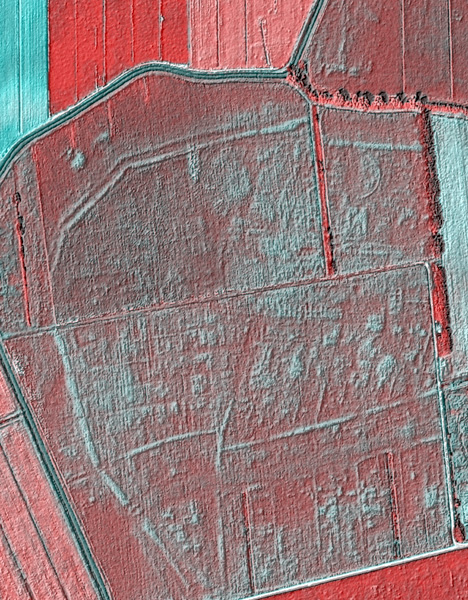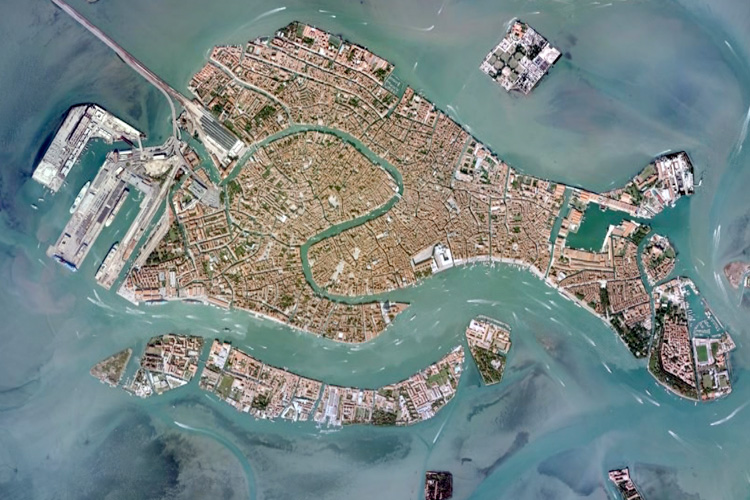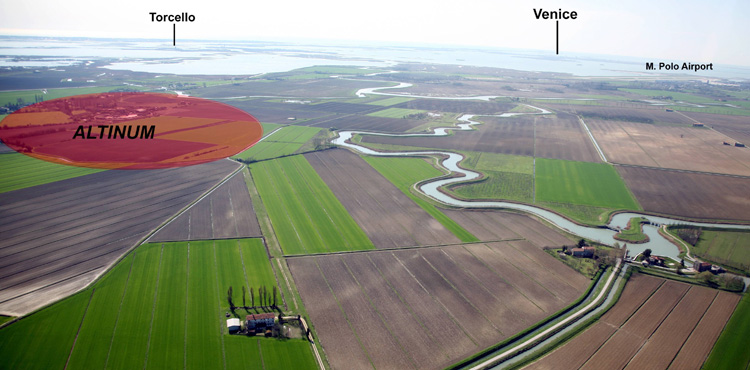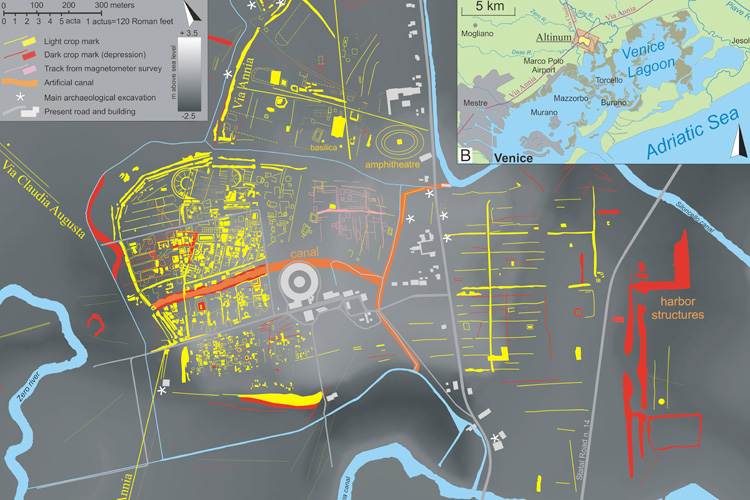Note: following the exhibition Thinking Machines: Art and Design in the Computer Age, 1959–1989 until last April at MOMA, images of the show appeared on the museum's website, with many references to projects. After Archeology of the Digital at CCA in Montreal between 2013-17, this is another good contribution to the history of the field and to the intricate relations between art, design, architecture and computing.
How cultural fields contributed to the shaping of this "mass stacked media" that is now built upon the combinations of computing machines, networks, interfaces, services, data, data centers, people, crowds, etc. is certainly largely underestimated.
Literature start to emerge, but it will take time to uncover what remained "out of the radars" for a very long period. They acted in fact as some sort of "avant-garde", not well estimated or identified enough, even by specialized institutions and at a time when the name "avant-garde" almost became a "s-word"... or was considered "dead".
Unfortunately, no publication seems to have been published in relation to the exhibition, on the contrary to the one at CCA, which is accompanied by two well documented books.
Via MOMA
-----
Thinking Machines: Art and Design in the Computer Age, 1959–1989
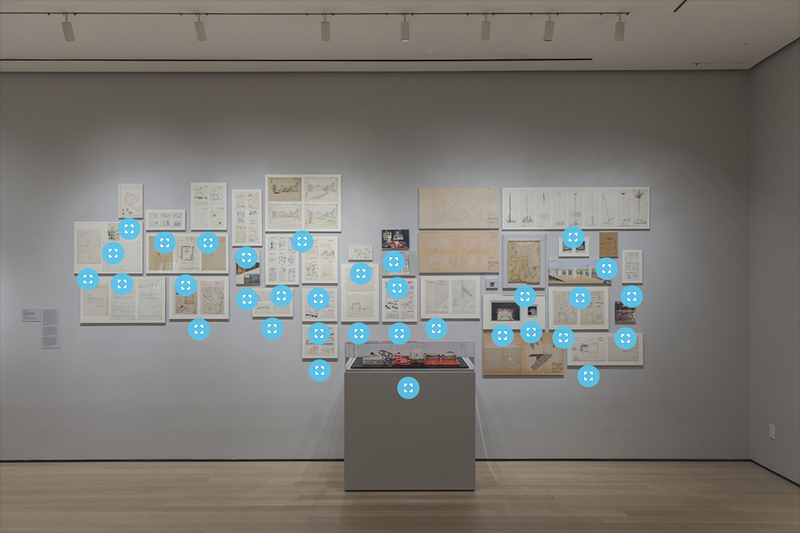
November 13, 2017–April 8, 2018 | The Museum of Modern Art
Drawn primarily from MoMA's collection, Thinking Machines: Art and Design in the Computer Age, 1959–1989 brings artworks produced using computers and computational thinking together with notable examples of computer and component design. The exhibition reveals how artists, architects, and designers operating at the vanguard of art and technology deployed computing as a means to reconsider artistic production. The artists featured in Thinking Machines exploited the potential of emerging technologies by inventing systems wholesale or by partnering with institutions and corporations that provided access to cutting-edge machines. They channeled the promise of computing into kinetic sculpture, plotter drawing, computer animation, and video installation. Photographers and architects likewise recognized these technologies' capacity to reconfigure human communities and the built environment.
Thinking Machines includes works by John Cage and Lejaren Hiller, Waldemar Cordeiro, Charles Csuri, Richard Hamilton, Alison Knowles, Beryl Korot, Vera Molnár, Cedric Price, and Stan VanDerBeek, alongside computers designed by Tamiko Thiel and others at Thinking Machines Corporation, IBM, Olivetti, and Apple Computer. The exhibition combines artworks, design objects, and architectural proposals to trace how computers transformed aesthetics and hierarchies, revealing how these thinking machines reshaped art making, working life, and social connections.
Organized by Sean Anderson, Associate Curator, Department of Architecture and Design, and Giampaolo Bianconi, Curatorial Assistant, Department of Media and Performance Art.
-
More images HERE.

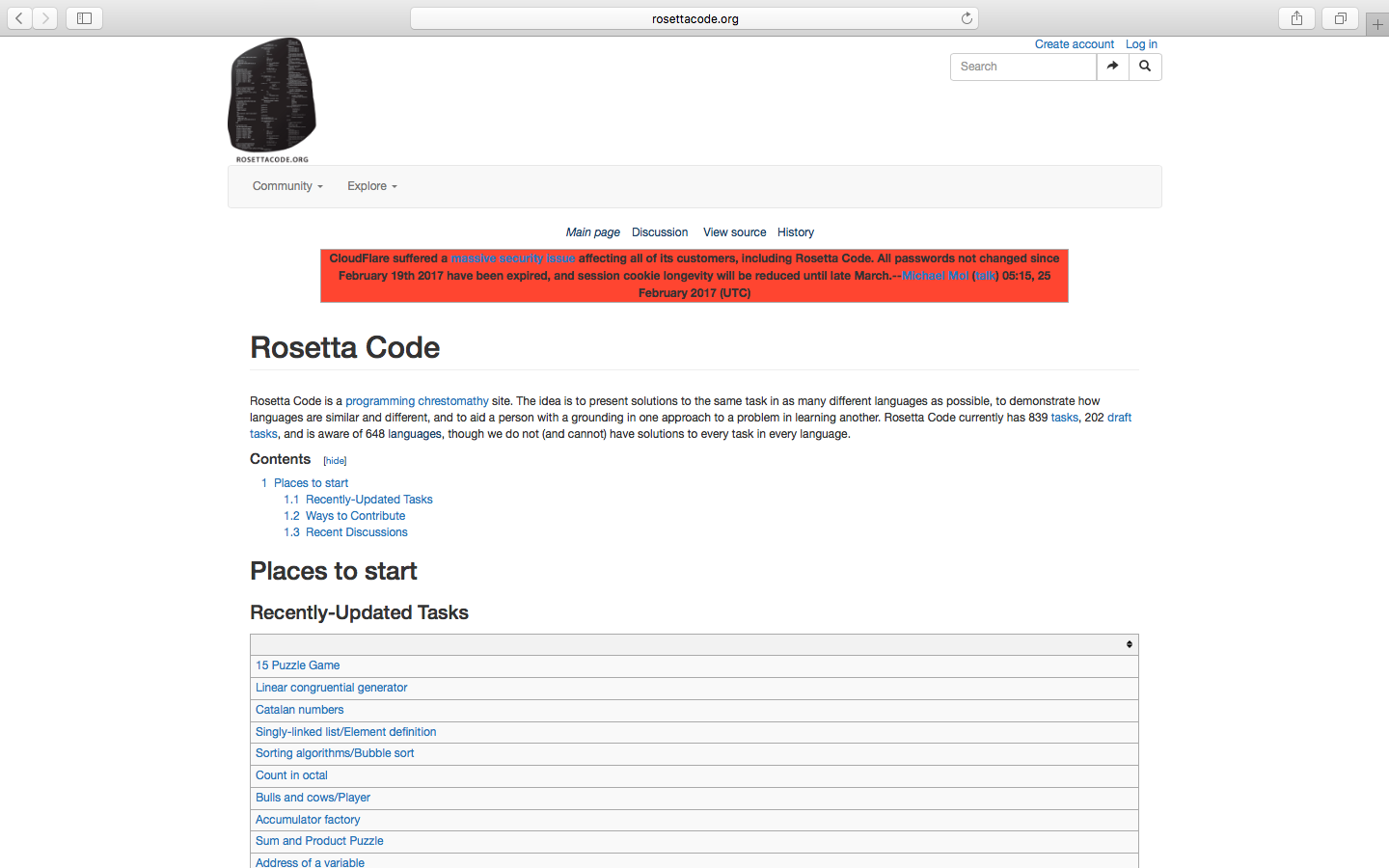
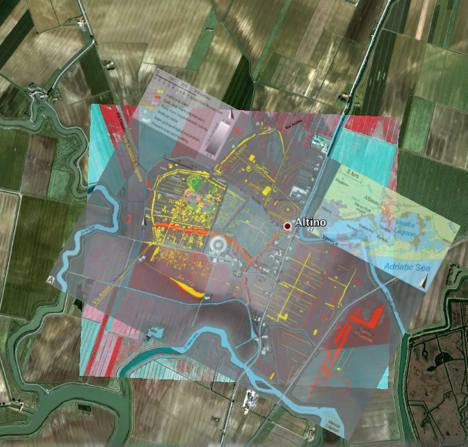
 was made available in the post.
was made available in the post.